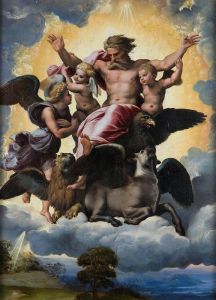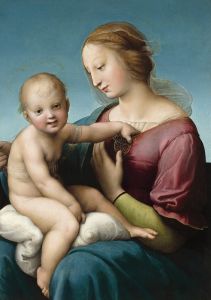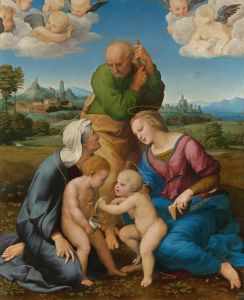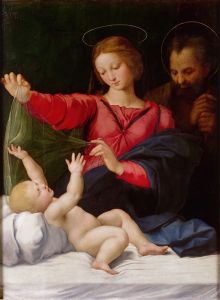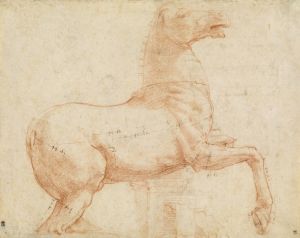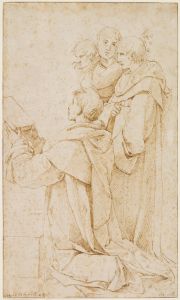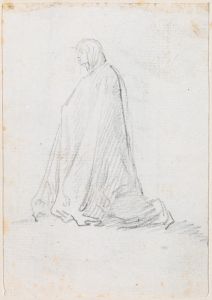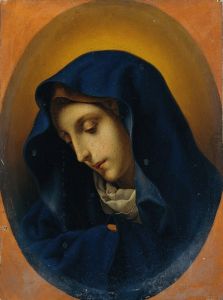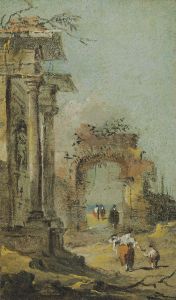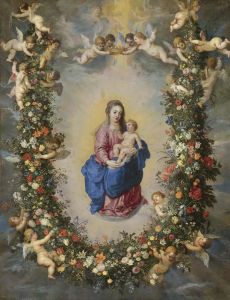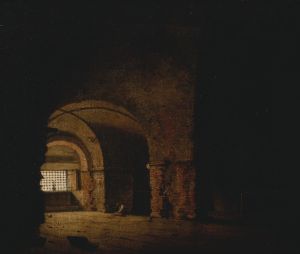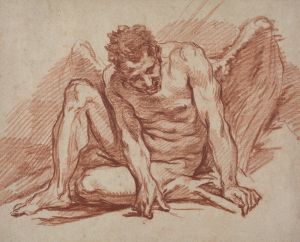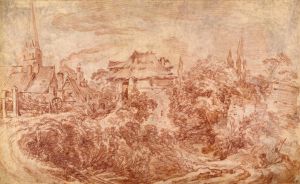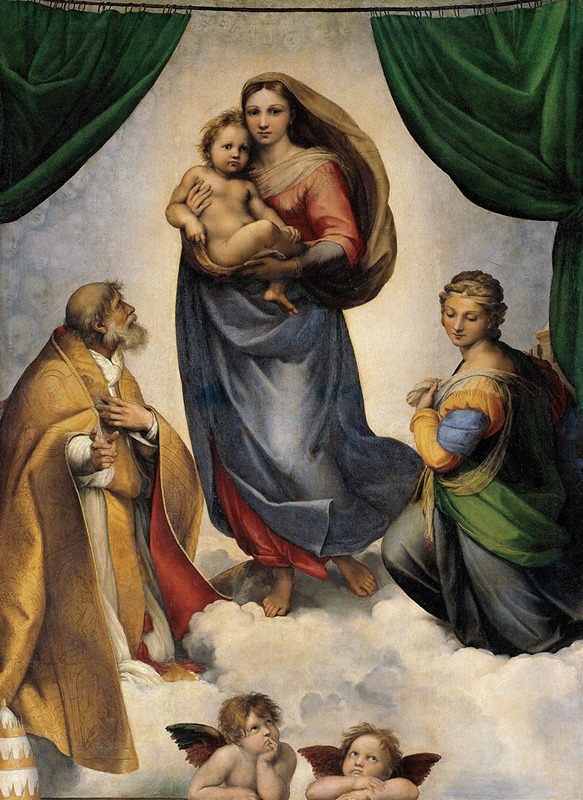
The Sistine Madonna
A hand-painted replica of Raphael’s masterpiece The Sistine Madonna, meticulously crafted by professional artists to capture the true essence of the original. Each piece is created with museum-quality canvas and rare mineral pigments, carefully painted by experienced artists with delicate brushstrokes and rich, layered colors to perfectly recreate the texture of the original artwork. Unlike machine-printed reproductions, this hand-painted version brings the painting to life, infused with the artist’s emotions and skill in every stroke. Whether for personal collection or home decoration, it instantly elevates the artistic atmosphere of any space.
The Sistine Madonna is a renowned oil painting by the Italian High Renaissance artist Raphael. Completed in 1512, the work was commissioned by Pope Julius II for the church of San Sisto in Piacenza, Italy. It is widely regarded as one of Raphael's masterpieces and a quintessential example of High Renaissance art.
The painting depicts the Virgin Mary holding the Christ Child, flanked by Saint Sixtus and Saint Barbara. The figures are set against a backdrop of soft, billowing clouds, giving the composition a celestial and ethereal quality. The Virgin Mary is portrayed with a serene and contemplative expression, her gaze directed outward as if addressing the viewer. The Christ Child, in her arms, appears alert and slightly apprehensive, adding a sense of humanity to the divine figures.
Saint Sixtus, on the left, is identified by his papal tiara, which rests on the ledge below him, symbolizing his role as a pope and martyr. On the right, Saint Barbara is depicted with her characteristic calm demeanor, referencing her association with protection and fortitude. Both saints are shown in postures of reverence, directing attention toward the Virgin and Child.
One of the most iconic elements of the Sistine Madonna is the pair of cherubs at the bottom of the painting. These two angelic figures, resting their heads on their hands, have become famous in their own right and are often reproduced independently of the larger work. Their contemplative expressions and relaxed poses provide a striking contrast to the solemnity of the other figures in the painting.
The Sistine Madonna was originally intended as an altarpiece for the Benedictine monastery of San Sisto. In 1754, the painting was acquired by Augustus III of Poland, the Elector of Saxony, and moved to Dresden, where it became part of the collection of the Gemäldegalerie Alte Meister. It remains in Dresden to this day and is one of the most celebrated works in the museum's collection.
The painting has been admired for its harmonious composition, masterful use of color, and emotional depth. It has influenced countless artists and continues to be a subject of study and admiration in the art world.






